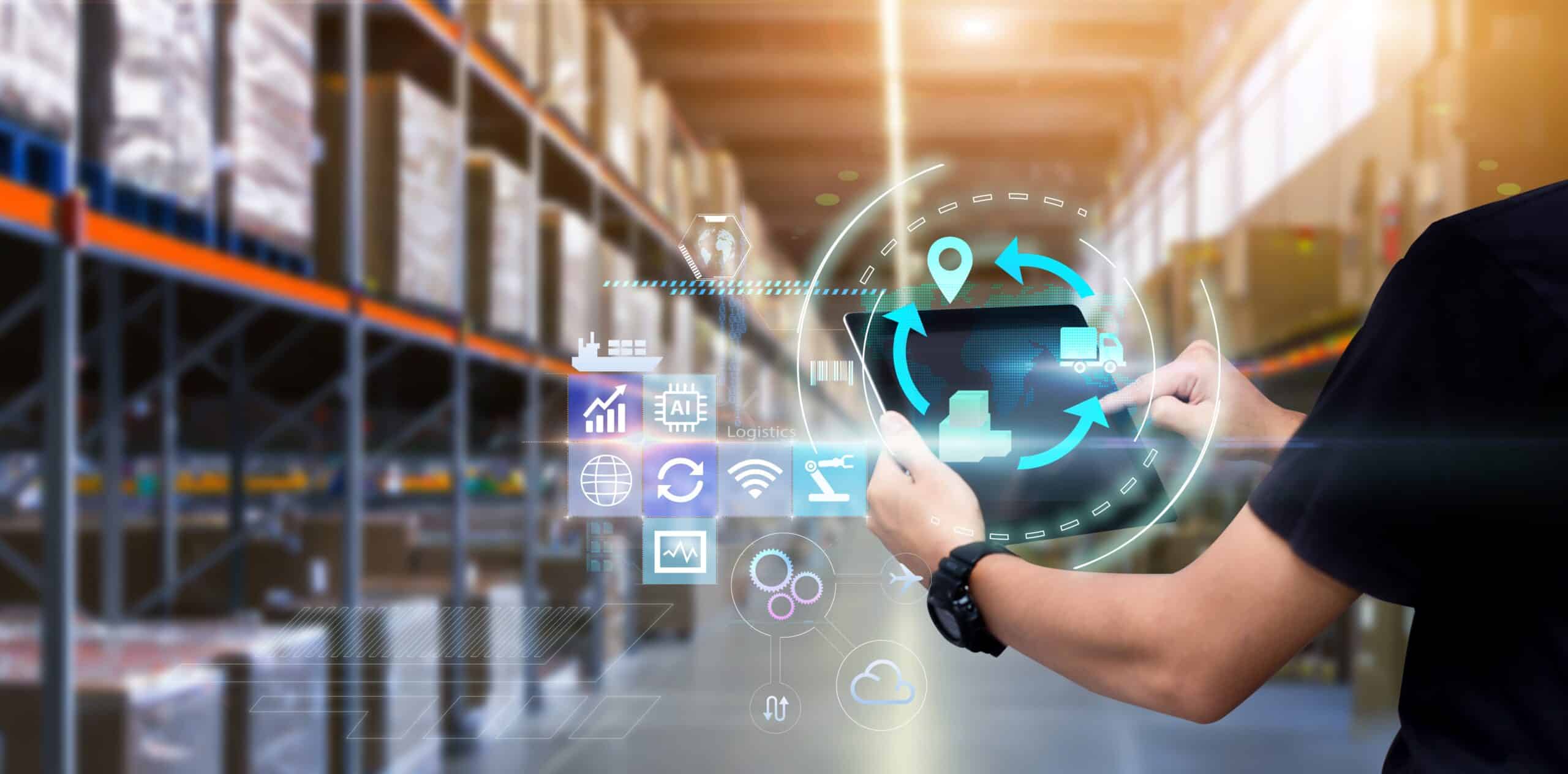Supply chains are global behemoths that employ hundreds of millions of people and span continents. As supply chains continue to expand and transform, the need for sustainable supply chain planning grows.
It’s not just a buzzword: sustainable supply chain planning is a strategic business imperative critical for the environment and business goals. Organizations that prioritize sustainability are not only reducing their environmental impact but also becoming more efficient, resilient, and competitive. Sustainability is also becoming more important for external stakeholders such as customers, investors, and regulators.
In this article, we’ll discuss the key trends shaping sustainable supply chain planning today and examine the innovations allowing organizations to progress towards their environmental goals.
Why Sustainability Matters in Supply Chain Planning
In recent years, sustainable supply chain planning has grown from optional (and somewhat challenging) to essential and beneficial. One survey by Deloitte found that 94% of companies view supply chain sustainability as a competitive advantage. Further data shows that when supply chain sustainability efforts are in place, executives see benefits such as:
- Improved employee quality of life.
- Increased customer loyalty.
- Decreased employee turnover.
- Enhanced efficiency and productivity.
- Increased revenue.
- Higher profits.
Overall, there are three main reasons why sustainable supply chain planning matters:
- Environmental impact: More than 90% of an organization’s greenhouse gas emissions and up to 70% of their operating costs are attributable to supply chains. Companies that plan their supply chains with sustainability in mind can drastically reduce emissions, minimize waste, and use their resources more efficiently.
- Financial & operational incentives: Sustainable supply chains are often more resilient and efficient, especially in the face of external disruptions or risk. By investing in sustainable and ethical practices, companies can lower costs, reduce material expenses, and enhance long-term profitability.
- Regulatory needs: As governments and international bodies impose and strengthen ESG (Environmental, Social, and Governance) reporting requirements, companies must remain compliant. Adhering to these standards isn’t just about avoiding penalties – it’s also about securing access to capital, winning contracts, and maintaining brand reputation.
- Consumer preference: Consumer behavior and preference are shifting. Today’s buyers—both B2B and B2C—are increasingly favoring brands that demonstrate ethical practices, environmental responsibility, and transparency. Data reveals that customers overwhelmingly care about buying environmentally and ethically sustainable products. In many cases, they’ll even pay more to shop at these brands.
Key Trends & Innovations in Sustainable Supply Chain Planning
What exactly does sustainable supply chain planning mean and look like for today’s businesses? Here are key trends to watch in this space:
1. End-to-end supply chain visibility
One of the most powerful drivers of sustainability is transparency. Companies are increasingly investing in technologies that provide real-time insights into every stage of the supply chain – from raw material sourcing to last-mile delivery.
Tools like inventory management software, IoT sensors, and emerging technologies like blockchain provide granular, transparent data on product origin, movement, and handling. This visibility allows businesses to identify inefficiencies, track emissions, and ensure environmental and social standards compliance.
2. Artificial intelligence and blockchain
Advanced technologies such as artificial intelligence (AI) and blockchain are not just contributing to visibility – they’re also offering unprecedented capabilities for prediction and optimization. For example, AI enables smarter, data-driven decisions across supply chains, supporting sustainability. For example, with predictive analytics, companies can better forecast demand, reduce overproduction, and minimize excess inventory, all of which are major sources of waste.
Meanwhile, Blockchain technology ensures that supply chain data is secure, immutable, and transparent. With all transactions and movements recorded on a digital ledger, all stakeholders can easily verify ethical sourcing, certify sustainability claims, and ensure compliance. For example, blockchain can trace the journey of a raw material from origin to final product, helping companies maintain honesty and build trust with stakeholders.
3. Supplier performance monitoring
Companies embracing ESG commitments are increasingly extending sustainability and ethical criteria to their supplier networks. This involves evaluating vendors based on environmental practices, labor conditions, and ethical sourcing. Many organizations now use tools and platforms to monitor supplier performance and improve collaboration.
4. Greener Logistics
Logistics is often an emission-intensive supply chain function. However, it’s undergoing a sustainability transformation, and technology is used to optimize loads and reduce fuel consumption. Greener logistics includes a shift towards electric and autonomous vehicles (EVs), predictive maintenance, and delivery route optimization to reduce the environmental footprint of logistics.
5. Circular supply chain models
Linear supply chain models (where products are made, used, and thrown away) are being replaced by circular supply chains, where materials are used and reused as much as possible. Subsequently, businesses are designing products with end-of-life in mind, which might include recycling, refurbishment, or part harvesting. This helps organizations ensure products and their parts are being sufficiently reused (maximizing their investment) while reducing waste and resource loss.
6. Advanced predictive analytics
AI and machine learning (ML) are revolutionizing sustainable supply chain planning by powering predictive analytics. How exactly? These technologies enable companies to predict demand more accurately, optimize inventory levels, and minimize waste. Predictive analytics also helps avoid overstocking and stockouts, both of which can have environmental and financial consequences.
7. Collaborative supply chain platforms
Supply chain platforms are playing an increasingly critical role in sustainability. For example, cloud-based collaboration tools enable seamless communication and data sharing among supply chain partners. These platforms support joint sustainability initiatives, such as shared logistics networks, vendor performance tracking, and optimal ordering.
The urgent need for sustainability is shaping the future of supply chain planning, and the pace of innovation shows no signs of slowing down. As consumer and regulatory needs grow more stringent and environmental risks become more severe, businesses must further embed sustainability into the core of their supply chain strategies.
Increase Your Supply Chain’s Sustainability with StockIQ
Achieving a truly sustainable supply chain requires more than good intentions – it also requires the right tools, data, and planning capabilities. You can turn to StockIQ to do that.
StockIQ is an advanced, user-friendly supply chain planning suite that helps companies improve visibility, reduce waste, and optimize operations. Our tools include intelligence demand forecasting, sophisticated inventory analysis, and transparent supplier performance monitoring to help you make decisions that align with sustainability goals.
Are you interested in seeing how StockIQ can help you achieve a sustainable supply chain? Contact us today or request a StockIQ demo.

